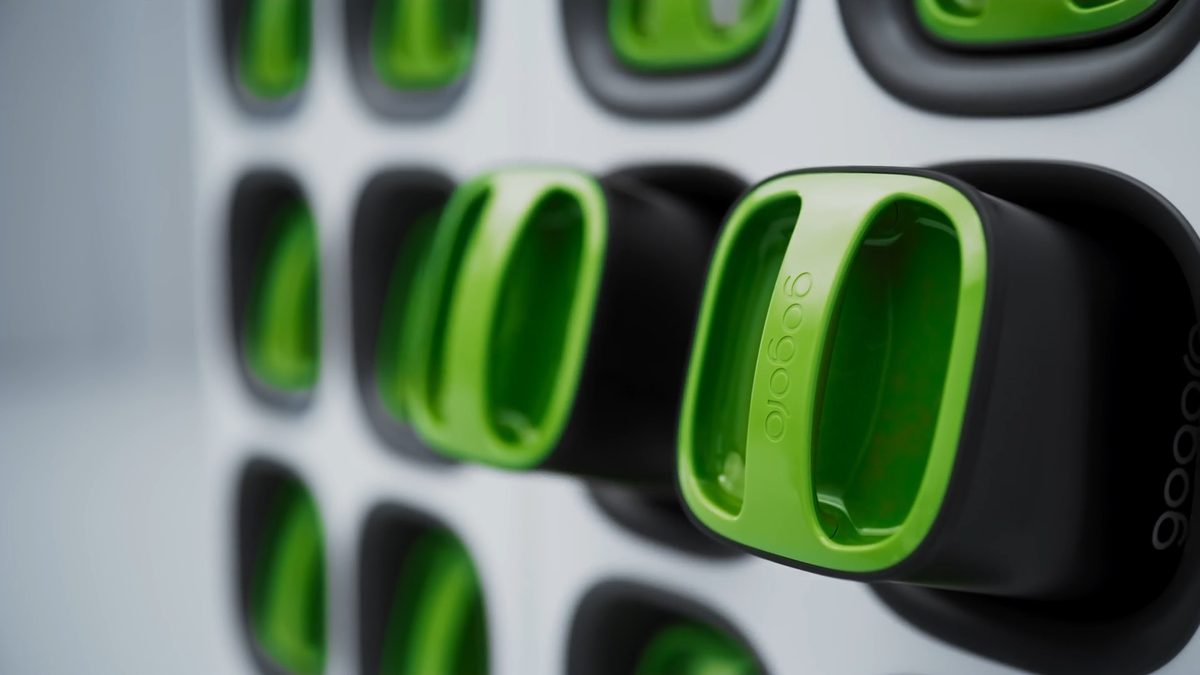This post is for paying subscribers only
Upgrade your account to read the post and get access to the full library of posts and ALLSPARK, our knowledge bank covering 200 startups.
Sign up now Already have an account? Sign inWith revenues from battery swapping growing while those from vehicle sales declining, Gogoro may have a problem with the wrong business model. This creates a situation where the brand is bigger than the business

Upgrade your account to read the post and get access to the full library of posts and ALLSPARK, our knowledge bank covering 200 startups.
Sign up now Already have an account? Sign in